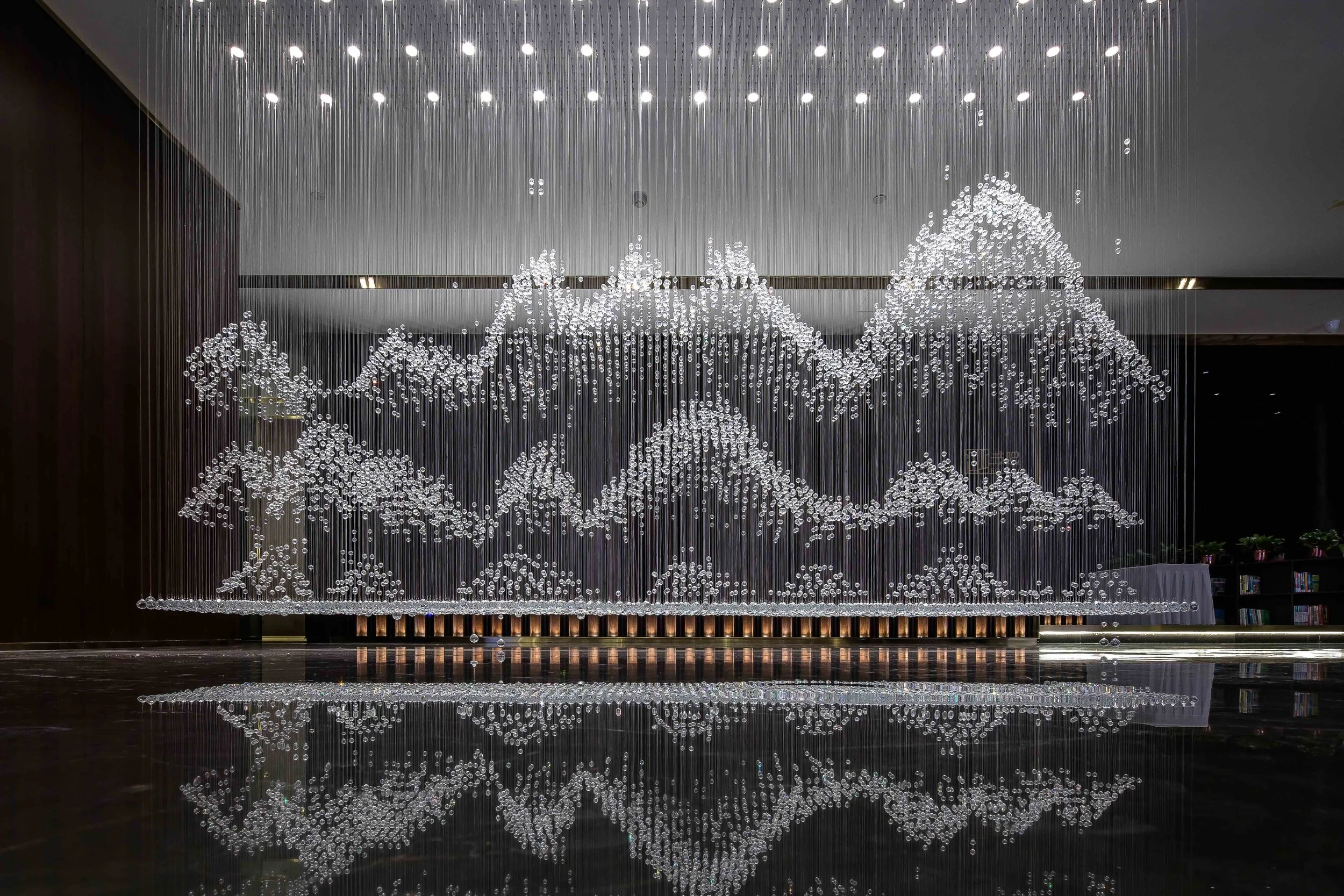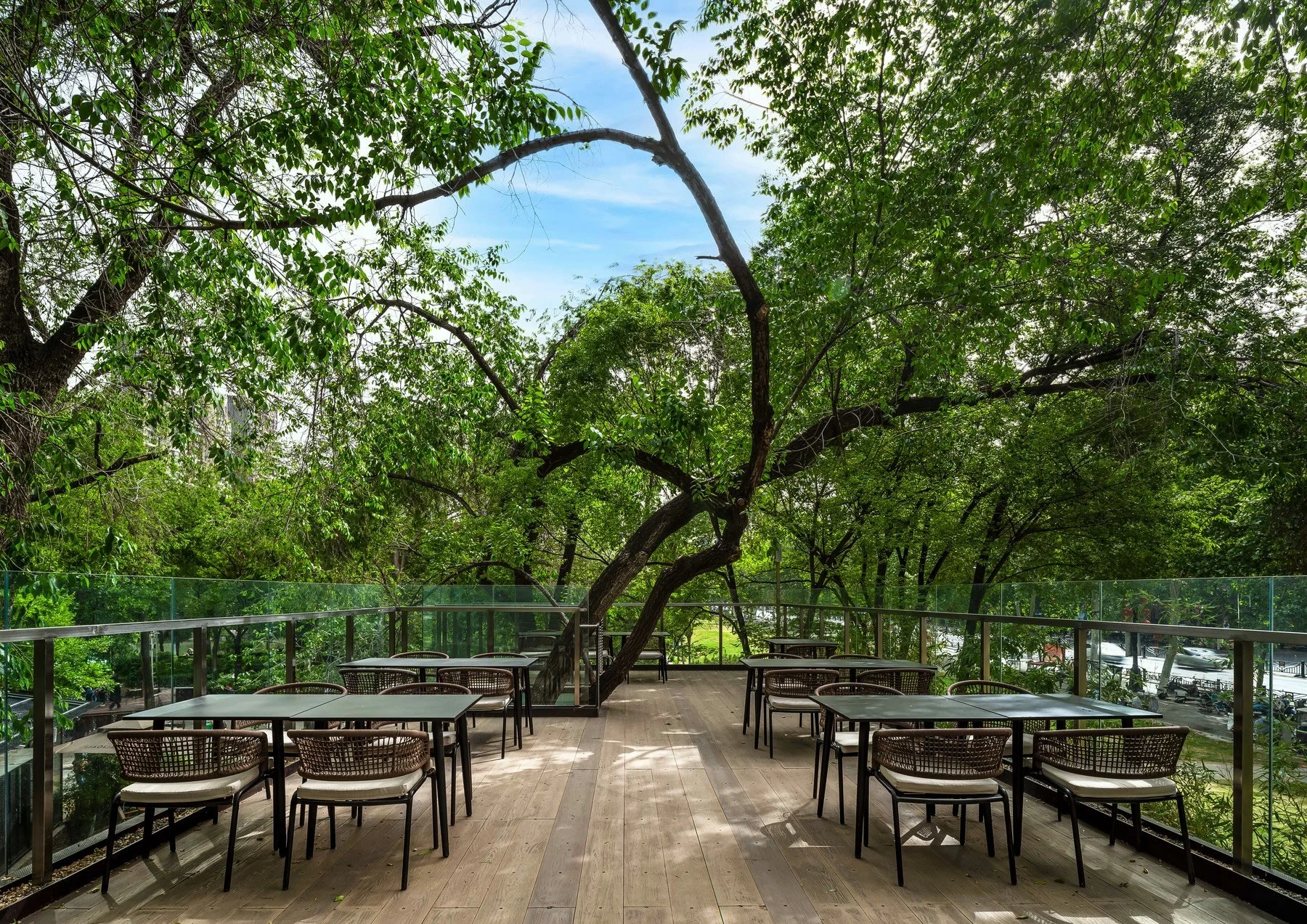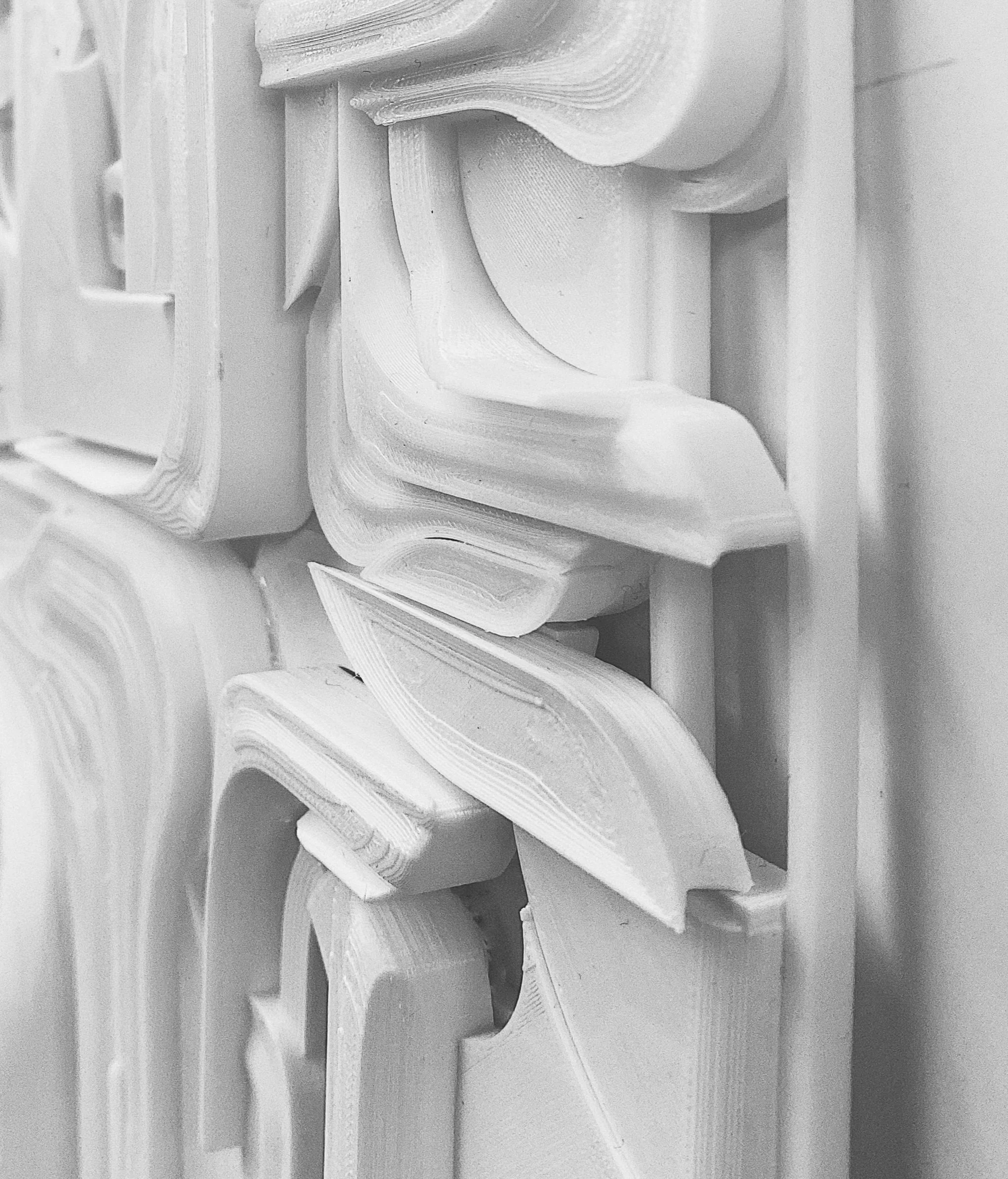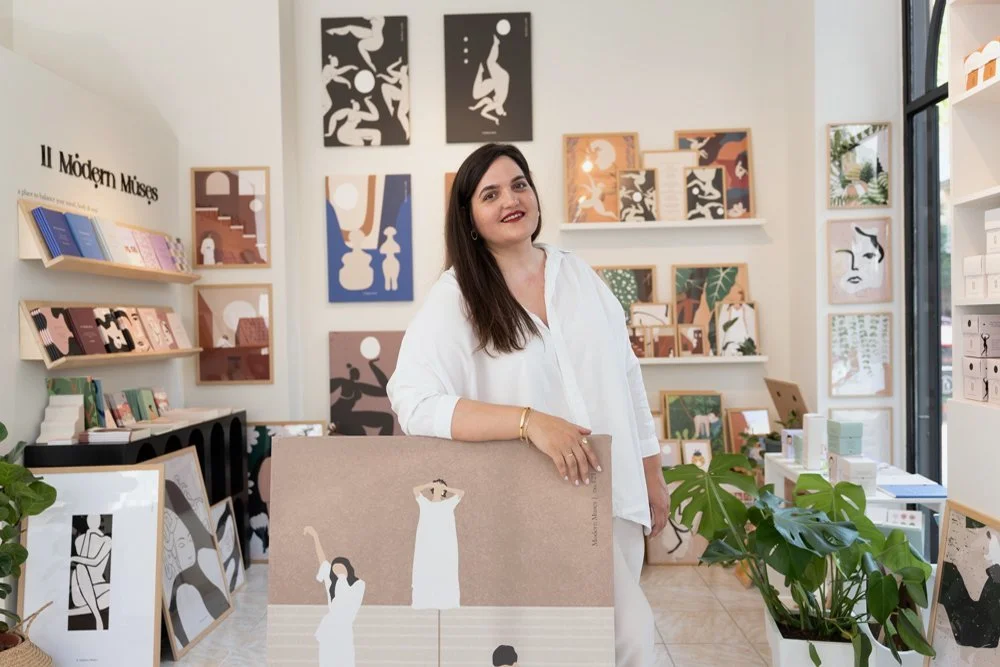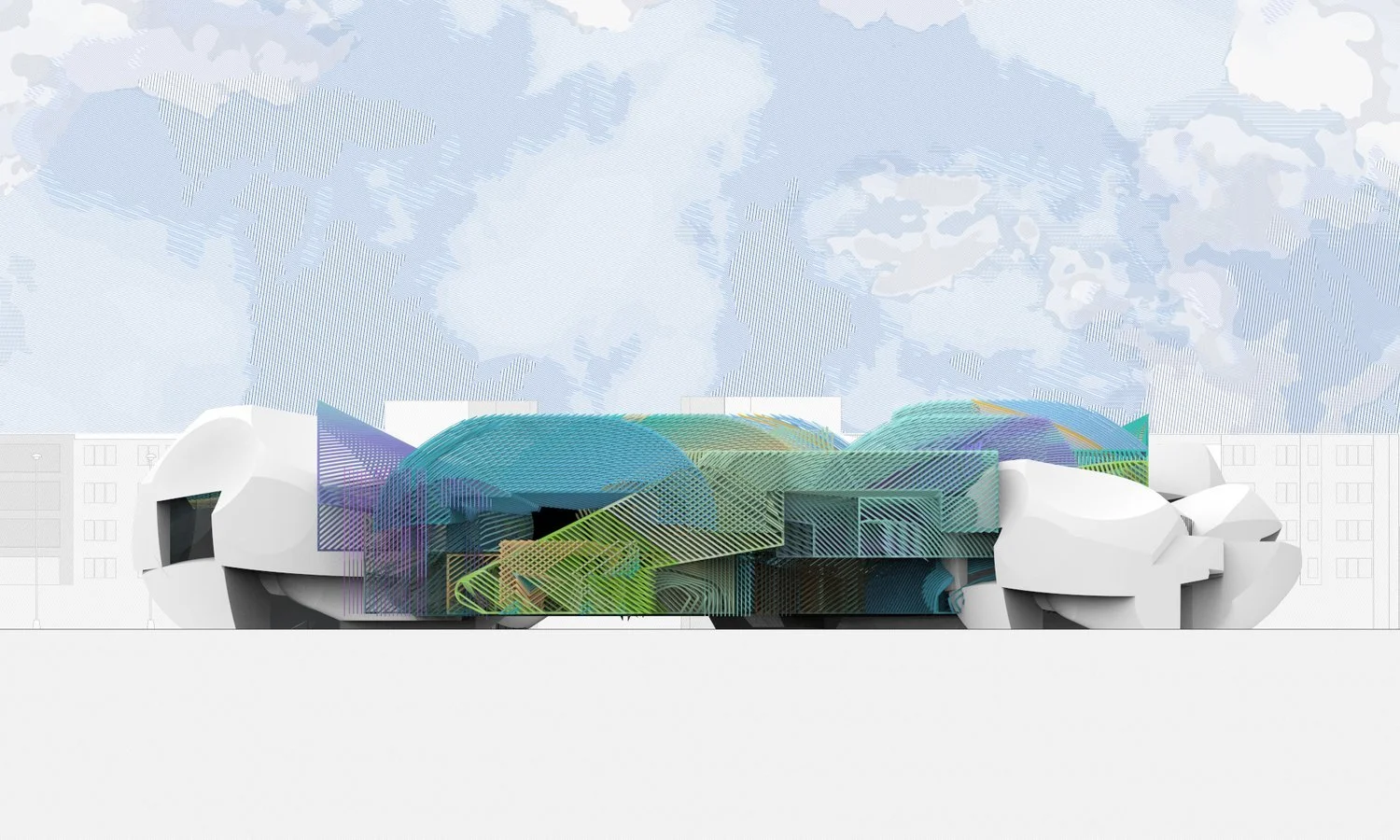10 Questions with Zhijiang Shan
Al-Tiba9 Art Magazine ISSUE19 | Featured Artist
Zhijiang Shan - Portrait
Zhi-Jiang Shan is an interior designer known for his cross-cultural design sensibility and poetic spatial expression. With over two decades of experience in residential, commercial, and hospitality projects, his portfolio bridges Eastern philosophies with contemporary aesthetics. From understated minimalism to ornate luxury, Shan’s work defies stylistic boundaries, instead embracing a sensitivity to material, place, and cultural memory. He often draws inspiration from classical Chinese landscapes, local craftsmanship, and symbolic spatial rituals, transforming them into immersive environments that resonate with modern life. His projects are not only functional but emotionally engaging, inviting users to experience beauty, stillness, and story through design. Recent works span a wide range of project types across residential, commercial, hospitality, and cultural sectors. Highlights include the Luoyang “Da Zhai Di” Restaurant, boutique hotels, high-end private residences, and a number of large-scale community and urban living developments. Shan has led the design for model homes, clubhouses, and marketing suites for prominent real estate developers, such as Central China, Country Garden, and Evergrande projects. He has also overseen the interior concepts for landmark commercial projects like the Hongguang Crystal Star Tower in Zhengzhou, as well as international residential commissions in North America, Canada and the U.S. Whether crafting tranquil mountain-view villas or immersive retail environments, Shan’s portfolio reflects both design versatility and a consistent dedication to quality and meaning in built space.
“Good design doesn’t just house people. It gives their stories a place to unfold.”
Zun Fu Sales Center, Luoyang, China © Zhijiang Shan
AL-TIBA9 ART MAGAZINE ISSUE19
Get your limited edition copy now
INTERVIEW
What first inspired you to become an interior designer?
My fascination began early, growing up among spaces that carried centuries of meaning, temples, gardens, and courtyards where architecture and nature were inseparable. Entering the profession in the late 1990s, I saw design as a way to translate that poetic sensibility into contemporary life, bridging the emotional depth of tradition with modern needs.
Your work blends Eastern and contemporary influences. How do you find a balance between tradition and modernity?
For me, tradition and modernity are complementary rather than conflicting. The harmony, proportion, and connection to nature found in Chinese aesthetics are timeless. Contemporary design offers new materials, technologies, and lifestyles. My process distils the essence of cultural forms, then reframes them through clean lines, precise detailing, and a restrained palette, so the result feels rooted yet fresh.
© Zhijiang Shan
You’ve worked on many types of projects, from private homes to restaurants and hotels. Do you have a favourite kind of space to design, and why?
Hospitality and dining spaces hold a special appeal. They are immersive and social by nature, places where atmosphere and ritual shape experience. Designing them allows me to choreograph a complete sensory journey, where light, texture, and flow create moments people remember.
Many of your interiors feel calm and poetic. How do you create that sense of emotion or stillness?
It begins with subtraction, removing what is unnecessary so light, space, and material can breathe. I work with natural light as a living element, letting it shift the mood throughout the day. Spatial pacing slows movement and invites pause, while layered textures and tonal harmony evoke quiet reflection.
What role does material choice play in your design process?
Materials are the emotional core of a project. I gravitate toward stone, bamboo, and wood for their tactility and ability to age gracefully. Their origin and texture carry stories that shape the atmosphere. Sourcing locally deepens authenticity and minimises environmental impact, aligning beauty with responsibility.
© Zhijiang Shan
© Zhijiang Shan
You often draw inspiration from Chinese landscapes and rituals. How do these influences appear in your recent work?
I often translate the rhythm of classical gardens, moments of compression and release, into interior sequences. A narrow, dim entry may open into a sunlit hall, echoing the discovery of a hidden courtyard. Rituals such as tea preparation inspire spatial arrangements that support both cultural practice and contemporary living.
Do you approach international projects differently from local ones?
The difference lies in context. Locally, I can draw directly from my own cultural heritage. Internationally, I first study the site’s traditions, climate, and lifestyle, then weave subtle Eastern references into that framework. The goal is a dialogue between cultures, not an imposition.
What makes a space truly meaningful for the people who use it?
Meaning comes from resonance, when a space reflects personal values and quietly supports daily rituals. It should feel inevitable, as if it has always belonged to the people who inhabit it. Over time, it becomes part of their story.
© Zhijiang Shan
What’s one project you’re especially proud of, and why?
The Jianye Zunfu Sales Center embodies my vision of cultural reinterpretation. Bamboo, stone, and light are composed to create a ceremonial yet contemporary sequence of spaces. International recognition was gratifying, but the greatest reward was seeing visitors move through the building in a state of quiet engagement.
Looking ahead, are there any ideas or themes you’re excited to explore?
I’m drawn to the intersection of cultural heritage and sustainability, designing spaces that honour tradition while addressing environmental realities. Passive climate strategies, low-impact materials, and cross-cultural design dialogues will guide my next chapter.
Artist’s Talk
Al-Tiba9 Interviews is a curated promotional platform that offers artists the opportunity to articulate their vision and engage with our diverse international readership through insightful, published dialogues. Conducted by Mohamed Benhadj, founder and curator of Al-Tiba9, these interviews spotlight the artists’ creative journeys and introduce their work to the global contemporary art scene.
Through our extensive network of museums, galleries, art professionals, collectors, and art enthusiasts worldwide, Al-Tiba9 Interviews provides a meaningful stage for artists to expand their reach and strengthen their presence in the international art discourse.





